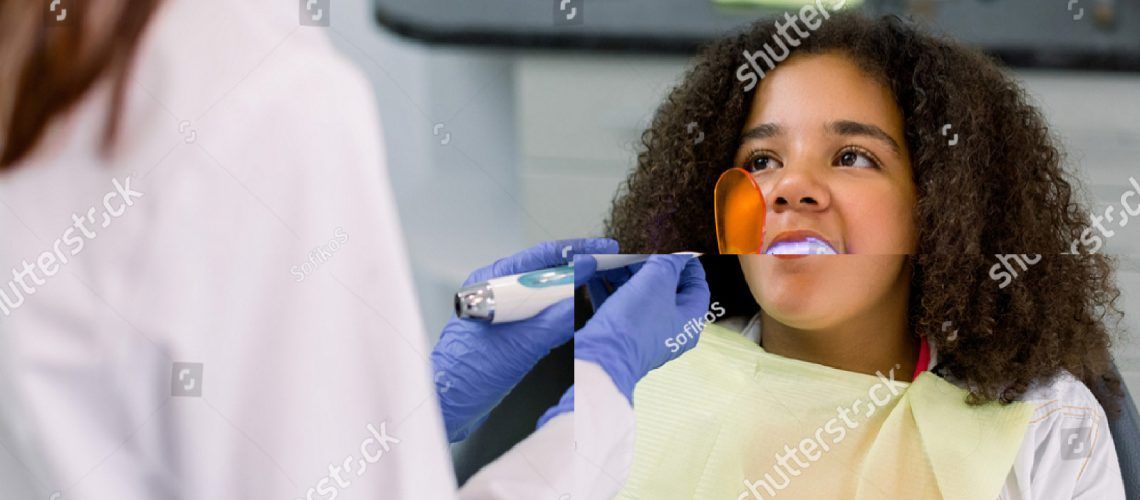Every year, thousands of adults receive dental crowns as part of restoration treatment. It’s well understood that restoring the health and integrity of adult teeth is important. Less well-known is that primary teeth, also known as baby teeth, require the same care. Our primary teeth aren’t just disposable visitors that appear in our mouths. They’re an essential part of our oral health development. They serve to hold space until the adult teeth arrive and help the jawbone grow and develop properly. Without them, our adult teeth may not be enough room to come in straight and healthy.
How Pediatric Crowns Protect Our Adult Smile
There are copious reasons a child may require a pediatric dental crown application. They may have suffered an accident or injury that has damaged a tooth. Perhaps they don’t brush quite as well as they should. It’s also possible for genetic factors to impact the health and longevity of our primary teeth. Regardless of the underlying cause, pediatric crowns may be called for when a child’s tooth becomes damaged enough that repair is necessary.
Dental crowns are a treatment that replaces the bulk of the dental material with a restoration. This restoration is typically made of composite resin or ceramic. A root canal may also be necessary when damage is significant enough to call for dental crowns. This process eliminates infected pulp tissue from within the tooth and prepares it for a dental crown.
When dental crowns are called for, the process involves multiple steps. These steps include:
- Preparation – The initial stage of receiving dental crowns involves preparing the tooth. This requires the elimination of the existing decayed tissue and shaping of the tooth to receive a pediatric crown.
- Impressions – Dental impressions are taken as a reference for the creation of the final crown. This may be done using a special substance called alginate. However, dentists have recently changed to digital impressions taken with a CBCT device.
- Temporary Crown – In many cases, your dentist must send the impressions to a dental lab. This lab will use the impressions to create a final custom restoration. In the meantime, your dentist will apply a temporary crown until the permanent one arrives.
- Permanent Crown – Upon the arrival of the permanent crown, you’ll be called in for the final procedure. During this procedure, the temporary crown will be removed and the final one fixed in place.
In some instances, your dental office may be able to manufacture the final crown on-site. If this applies to your dental office, then there may be no need to return for a permanent crown. Instead, they’ll mill it on site and put it in place immediately.
Speak To Your Dental Provider About Pediatric Crowns
There’s no better source of information about pediatric crowns than your dental provider. These experts will assess your child’s health and determine if a crown is needed. If they determine this treatment is necessary; they’ll schedule your child for the first stage of the treatment.

